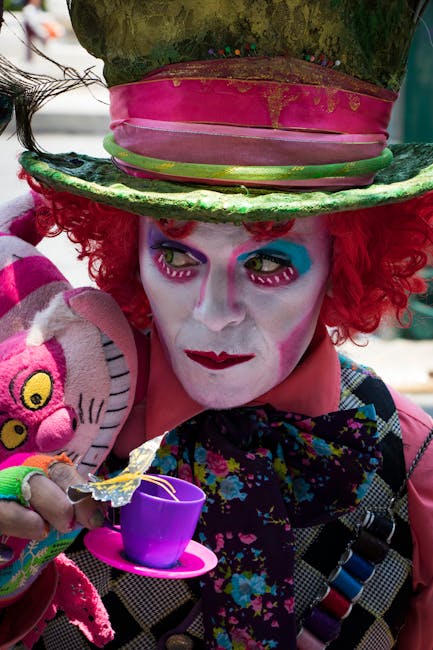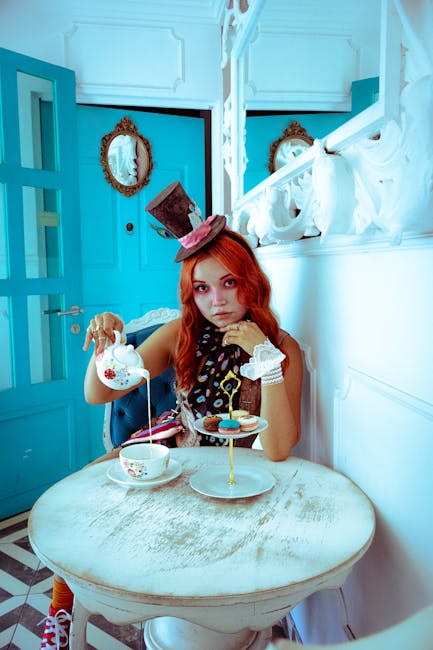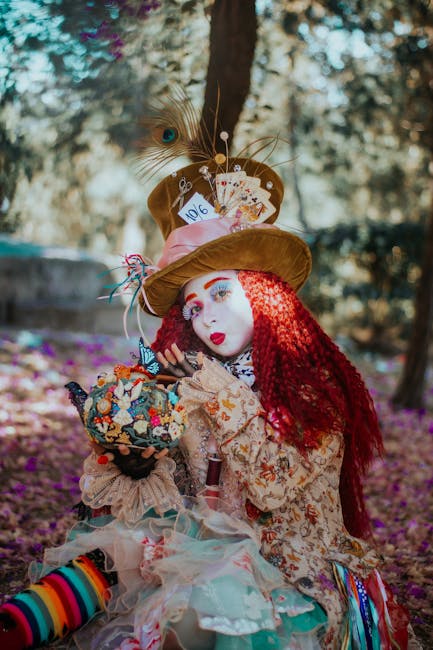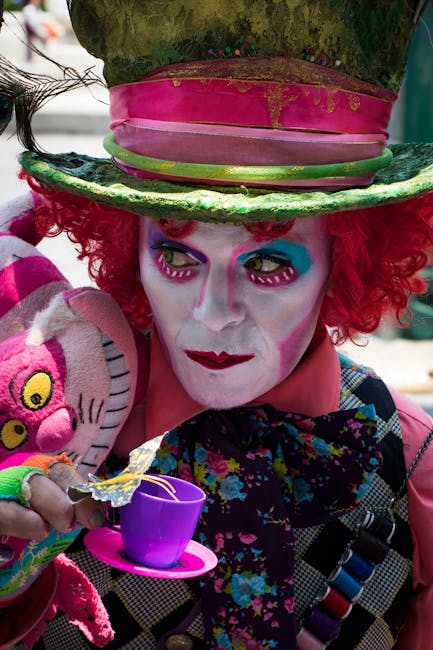Defining the Mad Hatter: Beyond the Tea Party
The Mad Hatter, a character from Lewis Carroll’s iconic children’s novel Alice’s Adventures in Wonderland, has transcended the pages of the book to become a globally recognized symbol of eccentricity, chaos, and nonsensicality. But who exactly is the Mad Hatter? A simple definition falls short of capturing the complexities of this enduring literary figure. This exploration delves into the Mad Hatter’s origins, character analysis, symbolic interpretations, and lasting cultural impact.
Origins and Literary Context
The Mad Hatter’s presence in Alice’s Adventures in Wonderland isn’t arbitrary. Carroll drew inspiration from real-world concerns and cultural references to craft this memorable character. One theory suggests that the Mad Hatter is a representation of the hatters of Victorian England who suffered from mercury poisoning due to their profession’s exposure to mercury nitrate, used in the process of felt hat making. The neurological effects of mercury poisoning, including tremors, slurred speech, and erratic behavior, align with the Mad Hatter’s bizarre demeanor. This lends a layer of tragic realism to the character, painting him not merely as eccentric but potentially as a victim of industrial hazards.
Furthermore, the Mad Hatter’s tea party scene, a hallmark of the character’s depiction, could be interpreted as a commentary on the rigid social conventions of Victorian society. The nonsensical nature of the conversation and the chaotic atmosphere reflect a rebellion against the stifling formality of the era. The Mad Hatter’s disregard for social norms and his embrace of illogicality can be seen as a subversive act, challenging the expectations placed upon individuals within a structured society.
Character Analysis: A Study in Eccentricity
The Mad Hatter’s madness is not simply a matter of wild behavior; it’s a nuanced portrayal of a mind unhinged from conventional thought patterns. He’s not violent or malicious, but rather delightfully illogical, perpetually entangled in wordplay and nonsensical riddles. His obsession with time, particularly the relentless march of the ever-changing tea time, suggests a preoccupation with the ephemeral nature of existence. This underscores the character’s underlying anxieties about the passage of time and the inevitability of change.
The Mad Hatter’s relationship with the March Hare further complicates his personality. Their dynamic displays a symbiotic relationship built on shared absurdity. Their interactions highlight the power of companionship even amidst illogical behavior, hinting at the solace found in shared eccentricity. The Mad Hatter’s seeming lack of concern about being perceived as mad suggests a self-acceptance that is often absent in individuals struggling with societal expectations.

Symbolic Interpretations: Unraveling the Meaning
The Mad Hatter’s enduring appeal lies not only in his entertaining quirks but also in his capacity for symbolic interpretation. He represents the power of imagination, the freedom of unconventional thought, and the beauty of embracing the absurd. He is an emblem of rebellion against societal constraints and an embodiment of creative expression uninhibited by logic or reason. The nonsensical nature of his world is a reflection of the infinite possibilities within our imagination.
Moreover, the Mad Hatter can be interpreted as a metaphor for the creative process itself. His unpredictable behavior and seemingly illogical actions can be seen as a representation of the unpredictable nature of inspiration. The seemingly random connections he makes and his unconventional approach to conversation mirror the unconventional nature of the creative journey.
Cultural Impact: A Lasting Legacy
The Mad Hatter’s influence extends far beyond the pages of Alice’s Adventures in Wonderland. He has permeated popular culture, appearing in countless adaptations, films, and merchandise. His image is instantly recognizable, synonymous with whimsical chaos and charming madness. This widespread recognition highlights his enduring appeal and his status as a timeless literary icon.
The Mad Hatter has inspired countless artistic interpretations, from illustrations and paintings to theatrical productions and musical compositions. His character has been reimagined and reinterpreted across various media, showcasing the remarkable adaptability of this literary creation. His image frequently appears as a representation of creativity, eccentricity, and a rejection of conformity.

Defining the Mad Hatter in the 21st Century
In conclusion, defining the Mad Hatter is a multifaceted endeavor. He is not simply a madman, but a complex character with layers of meaning embedded within his seemingly nonsensical behavior. He represents the rejection of societal norms, the power of imagination, and the embrace of the absurd. His legacy extends far beyond the pages of Carroll’s novel, continuing to inspire and entertain audiences of all ages. He remains a reminder that embracing one’s unique individuality, even if it’s considered ‘mad,’ can be a source of strength and creativity. He is a testament to the enduring power of storytelling and the enduring appeal of a character who challenges our perceptions of normalcy and celebrates the beauty of the illogical.

- Key characteristics: Eccentric, illogical, imaginative, creative, rebellious.
- Symbolic representations: The power of imagination, rejection of societal norms, the creative process.
- Cultural impact: Enduring literary icon, inspiration for countless adaptations and artistic interpretations.

